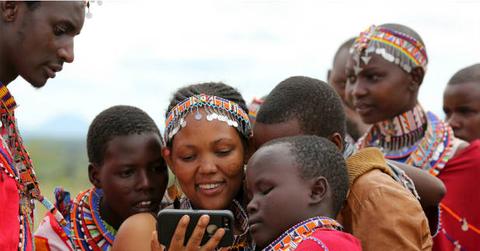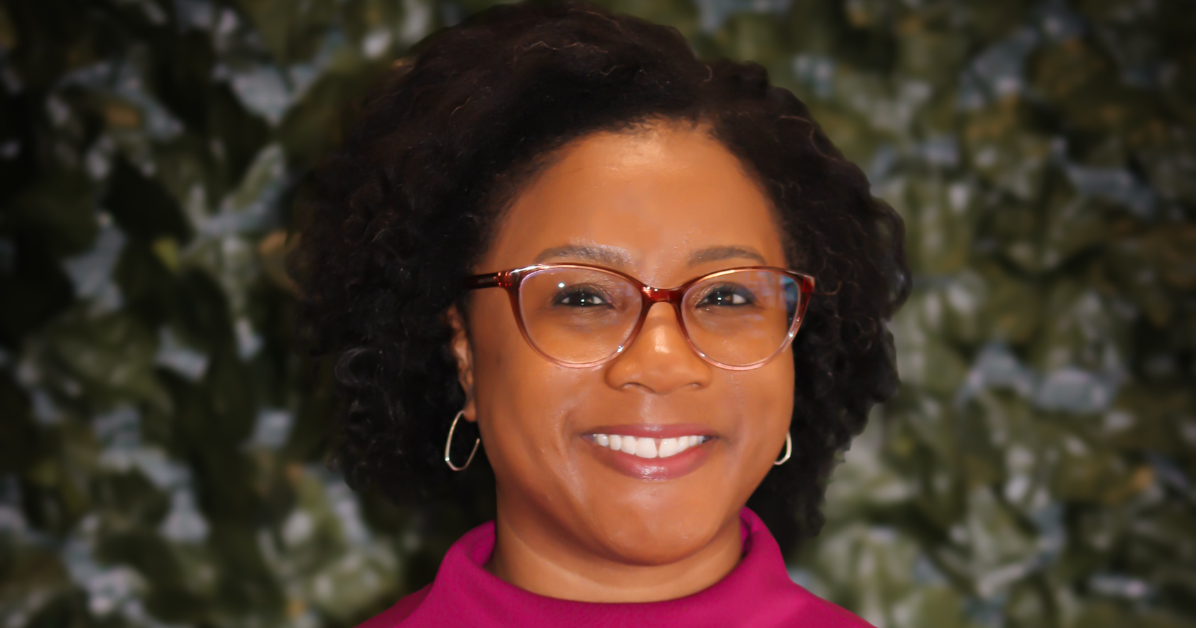Why It’s Important To Close the Gender Data Gap

“Data not only measures progress, it inspires it,” says Melanie Verveer, the executive director of the Georgetown Institute for Women, Peace and Security.
So it’s no wonder why a major lack of data on women — from basic information about their lives to the day-to-day challenges they face — is stifling progress towards gender equality. This lack of data can start as early as a baby girl’s day of birth, with barriers to birth registrations and healthcare services for women and children, but also continues with male-biased surveys distributed throughout one’s lifetime.
Universal surveys that are used by organizations to track progress and make policy change neglect essential information about a woman’s perspective and needs.
“Not having data on a certain area, behavior or society means that you cannot design the right policies, you cannot track progress, you cannot evaluate,” said Sarah Hendriks, the director of gender equality at the Bill & Melinda Gates Foundation.“You are basically not accountable.”
Currently Data2X, a “collaborative technical and advocacy platform,” dedicates their time to closing this data gap, and exposes lack of statistical information about women. Covering health, education, economic opportunities, political participation, and human security, the simple infographic on their site illustrates the sheer lack of data about women across the world — especially when compared to the abundant information concluded for men.
So how does this feed into the vicious cycle of gender inequality?
Simple. Less data, less motivation to even make attempts at progress. Because if the world doesn’t even know how far behind women are, there’s no stopping anyone from thinking that they have a million other things to focus on that are more important. Until there are statistics that truly reflect the very-real gender inequality that exists, progress can’t be made.
It wasn’t until headlines were able to broadcast a woman’s 79 cents per every man’s dollar that energy was aimed at closing the wage gap. Until it was validated that one in five women are sexually assaulted in college, the problem was looked at as an individual case rather than a national epidemic.
So until there’s a tangible statistic for each different issue that women face in society — starting with the five sectors that Data2X have chosen to focus on — progress is stifled.
One place that this “bad data” can come from are labor-force studies that ask traditional questions, neglecting the evolving workforce that is now comprised of 47 percent of women. While many focus on typical 9-5 jobs that are still dominated by men, they often overlook less traditional professions such as care taking and non-profit work. “As a result, female-led households may be undercounted and overlooked in the distribution of resources,” says Mayra Buvinic of Data2X.
Even worse, housewives are frequently completely ignored when asked about employment, assumed to have no economic activity. But in reality, these housewives are often gaining money from secondary sources outside of the home. Because of this, “household surveys currently capture 75 percent of men’s economic activities but no more than 30 percent of women’s activity,” according to the Melinda and Gates Foundation.
So what’s next? How do we change these studies to be more inclusive of the modern women?
One innovation, the Girl Roster, a tool developed by the Population Council, is used to increase girls’ access to important resources, facilities, and services. While many similar girls program exist, the Girl Roster claims that many of them only target the “elite”, ignoring those that are most in need.
Aimed at exposing the lives of the often overlooked female demographics, the Girl Roster is currently being implemented in parts of Africa, the Middle East, Central America and Asia.
Program managers at Girl Roster break young girls into segments by age, schooling, and marital, child-bearing, and living-arrangement status. Data is recorded on smartphones, and soon a picture is painted of the lives that this disregarded group of girls live.
Most importantly though, this tool-kit advocates community engagement, allowing girl users to have equal access to community resources. Through the collected data, the organization is able to find out which group of girls need the most help. “The girls left behind are really what the Girl Roster is designed to try to address,” said Kelly Hallman, an associate in the Poverty, Gender and Youth Program at the Population Council.
With all of the hard work that Data2X and Girl Roster are doing to collect more data on women, it is no question that more inclusive policies will be made in the future – both in the U.S and the world. From more generous maternity leave for working women in North America to simply the access to primary education in places like the Middle East, more data can lead to more equality.





